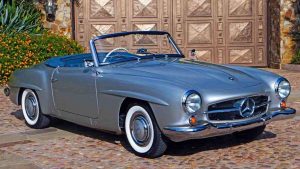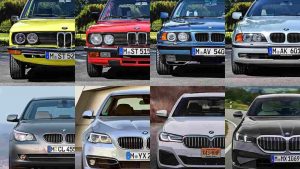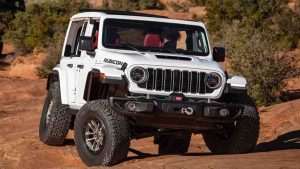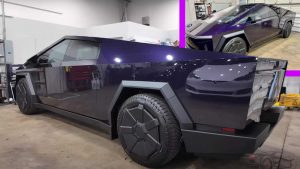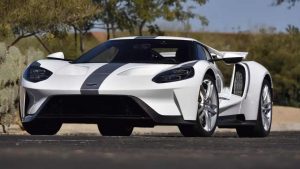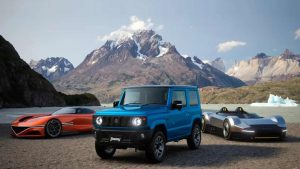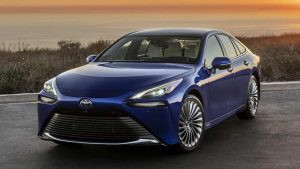Toyota’s Calty Design Studio: 50 years of unseen concepts and creative freedom
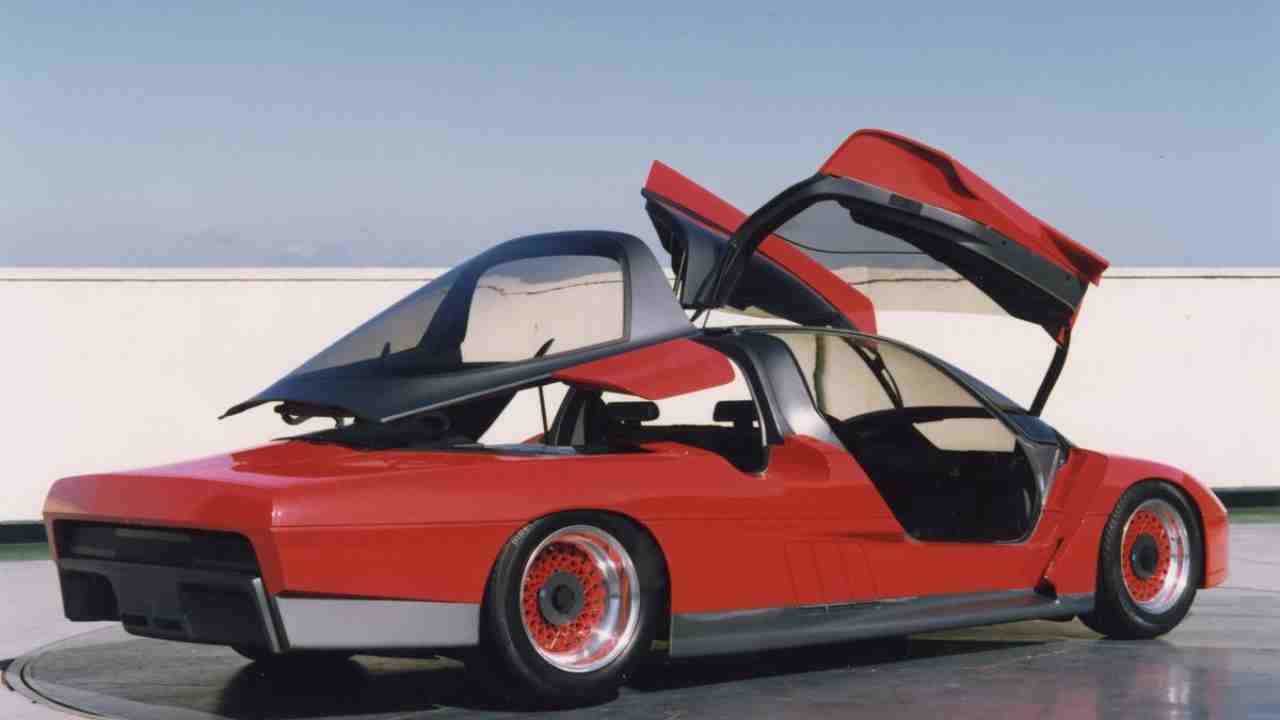
Toyota’s California-based design studio, Calty, is celebrating its 50th anniversary this month, and to commemorate the occasion, Toyota is unveiling some of the intriguing concepts that never left the studio floor. Among them is the MX-2, a mid-engine halo sports car that could have been a contender against Acura’s NSX.
Calty, a fusion of “California” and “Toyota,” marked the first U.S.-based design studio for a Japanese automaker. It provided a haven for designers to explore their creativity without constraints, away from the watchful eyes of cost-focused executives back in Japan.
One of the showcased concepts is a 1/5 scale model from 1982, hinting at the rise of SUVs in the future, bearing a resemblance to the original three-door RAV4.
The MX-2 concept, dating back to 1983, exudes a quintessential 1990s supercar vibe, featuring sweeping lines, forward-hinged gullwing doors, and a liftable rear canopy reminiscent of cars like the McLaren F1 and Jaguar XJ220. While it never saw production, it provided a glimpse of what Toyota could have ventured into during that era.
Calty’s contributions also include the 1989 Celica and the 1990 Previa, both daring designs for their time. The studio’s portfolio eventually extended to the 2006 FJ Cruiser, reviving the vintage Land Cruiser’s appeal in a modern package.
The MX-2 concept and its gullwing doors suggest the studio’s potential for innovation, much like the MX-1 concept. There are also subtle hints of the current Supra’s design in Calty’s vision of what the fourth-generation Supra could have looked like.
As Toyota celebrates Calty’s 50th anniversary, they’ve unveiled the Baby Lunar Cruiser, a futuristic Land Cruiser inspired by the classic FJ40.
While these concepts offer a glimpse into Calty’s rich history, it’s plausible that the studio continues to harbor modern ideas and designs behind closed doors, possibly exploring sleek, high-tech, electric or hybrid creations that could challenge the likes of McLaren and Ferrari. In California, where dreams are nurtured, the future of automotive design is a canvas for imagination.

